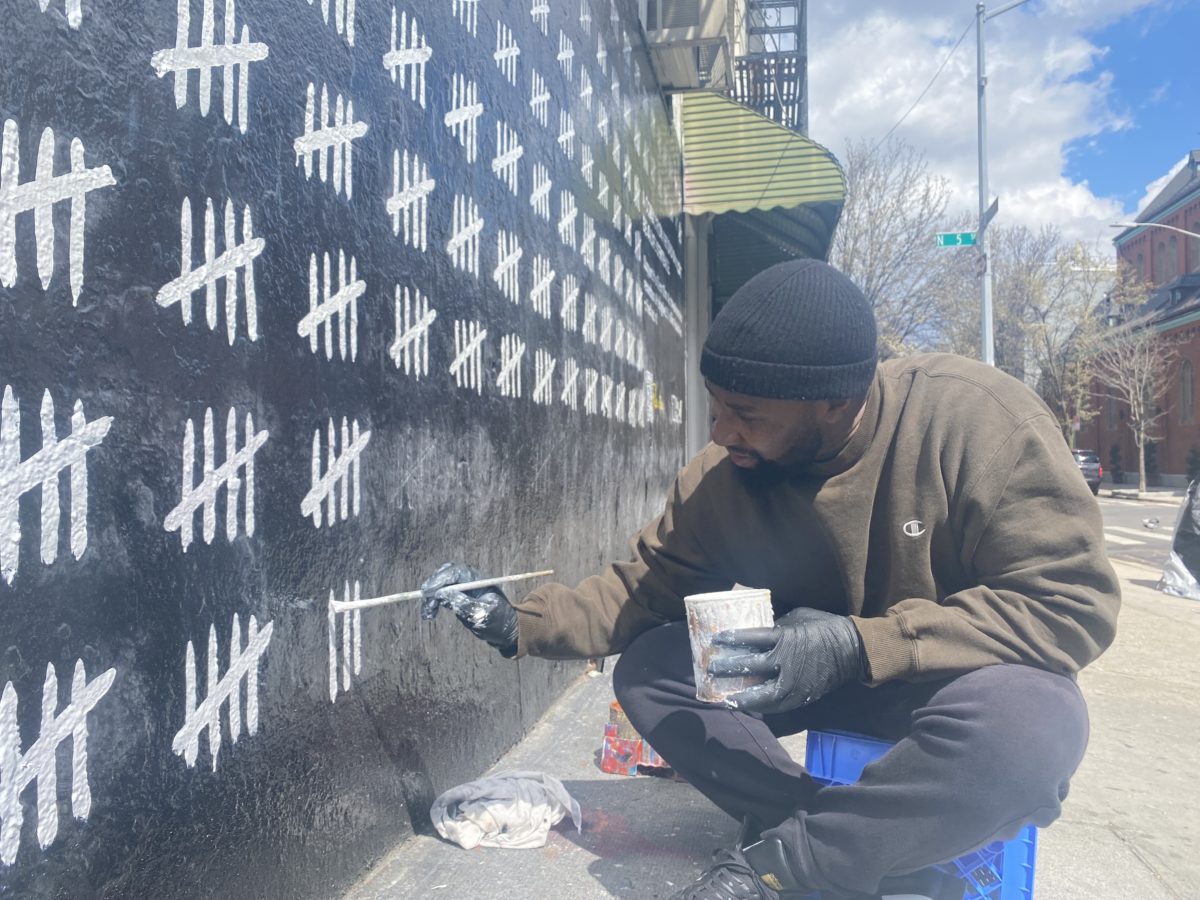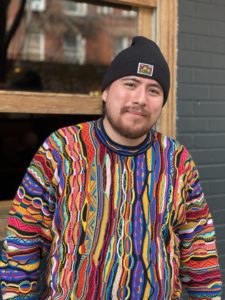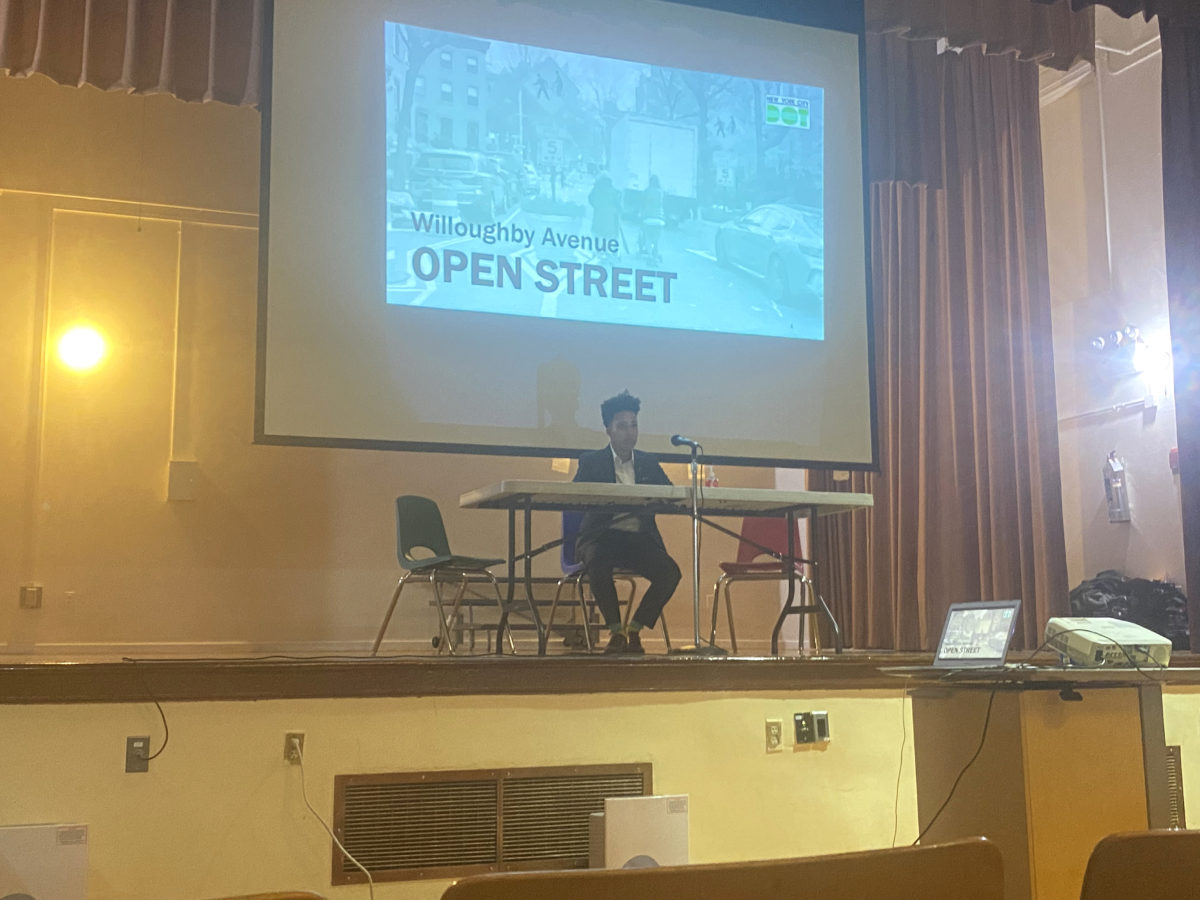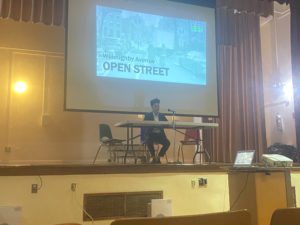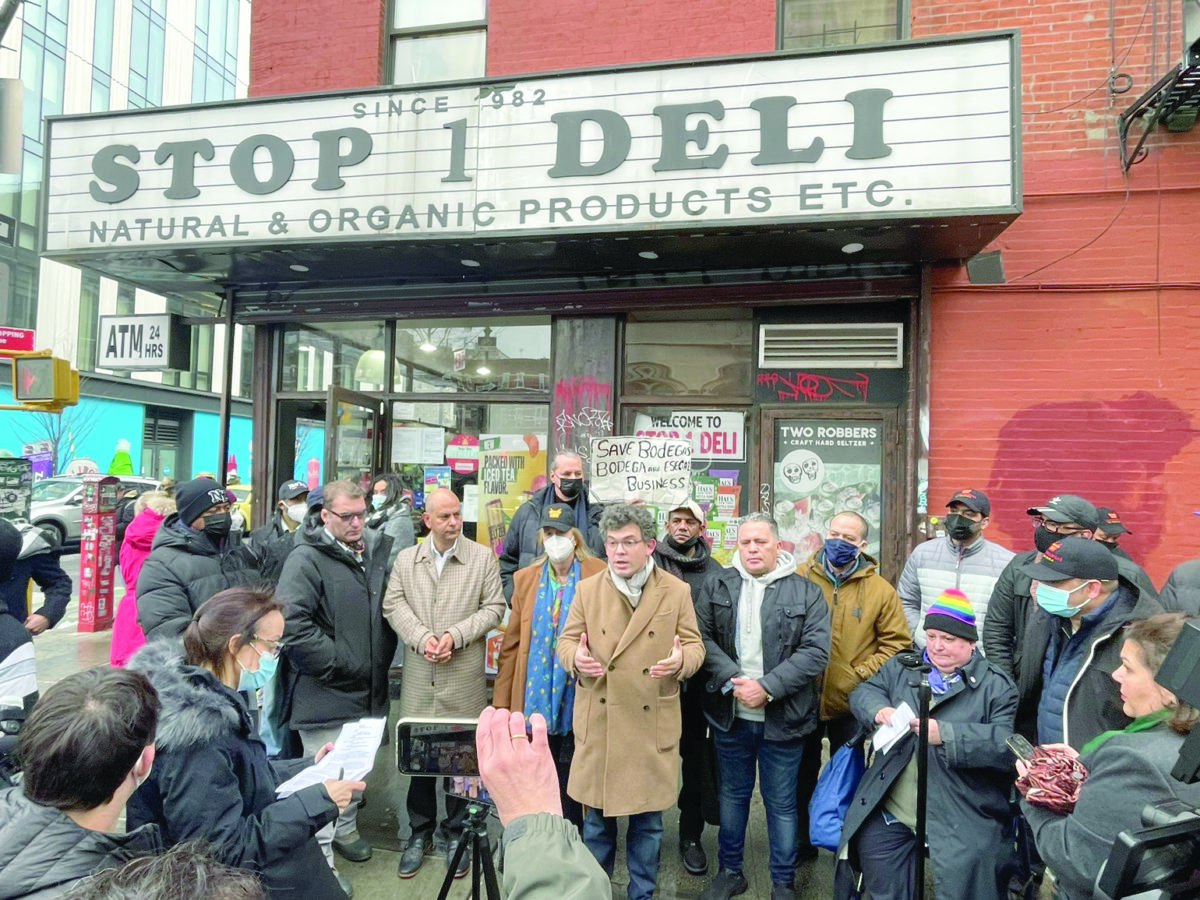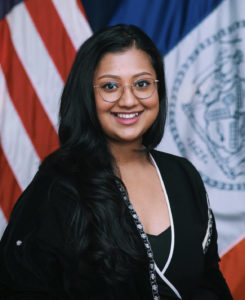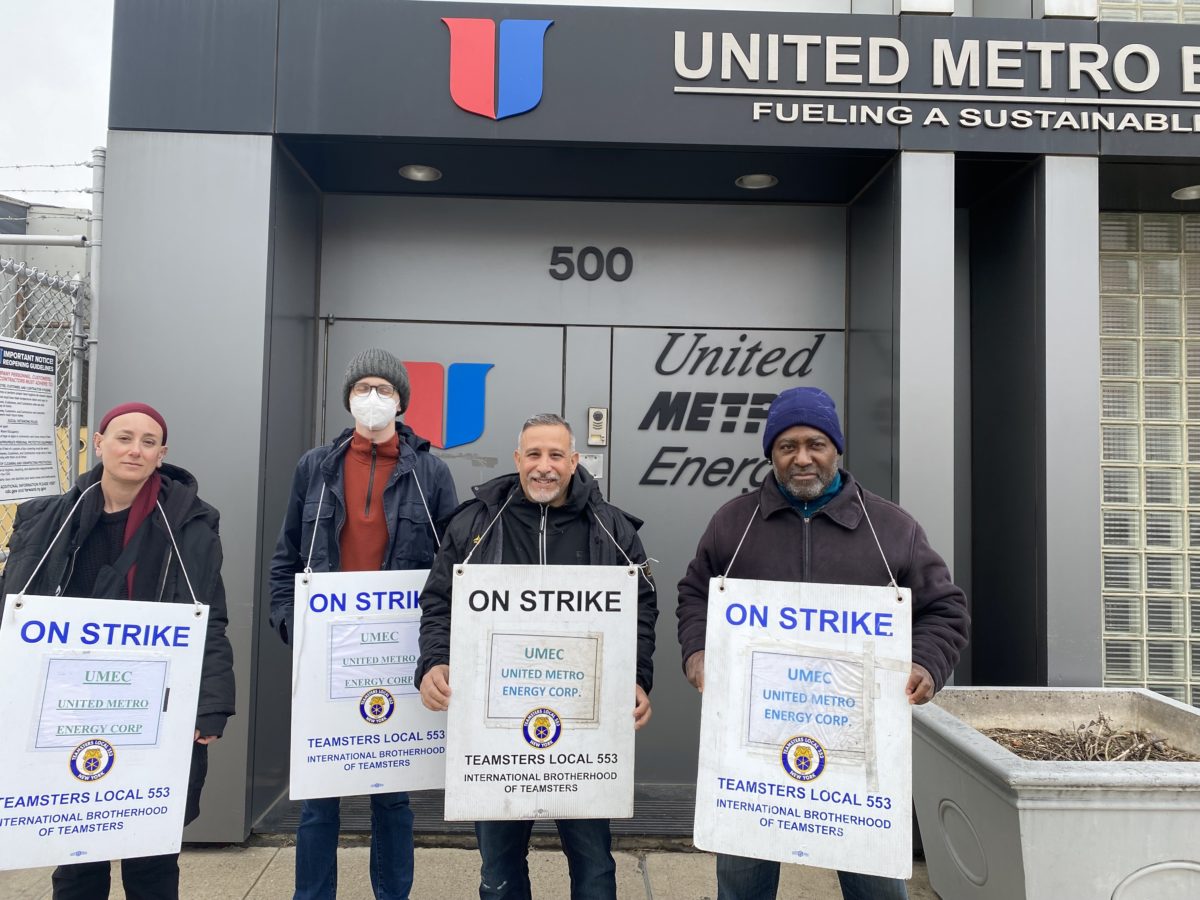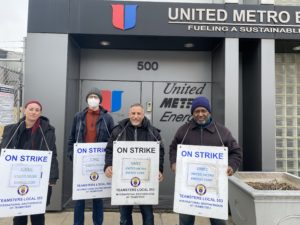New Williamsburg Mural highlights life after incarceration
Inside prison, the tallies marked the months spent incarcerated. Now, in Williamsburg, it represents the continued punishment seen after people are released.
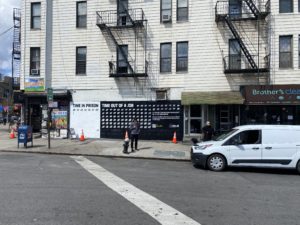 On the corner of Havemayer Steet and Metropolitan Ave, onlookers can now see a large brick canvass dressed with one-half of the tallies representing time spent in prison with the other must longer side showing the more time spent “free” but are still in effect serving a life sentence. A conviction record can lead to basic rights and programs being inaccessible to you ranging from getting a job, securing a mortgage, to receiving a new education.
On the corner of Havemayer Steet and Metropolitan Ave, onlookers can now see a large brick canvass dressed with one-half of the tallies representing time spent in prison with the other must longer side showing the more time spent “free” but are still in effect serving a life sentence. A conviction record can lead to basic rights and programs being inaccessible to you ranging from getting a job, securing a mortgage, to receiving a new education.
The mural was created by Michael “Zaki” Smith, a formerly incarcerated New Yorker. The mural was in partnership with the R/GA, a corporate design consultancy that works with major companies like CVS, Google and Samsung. The mural is meant to build support for the Clean Slate Act NY – a piece of legislation that would expunge the records and allow formerly incarcerated individuals to fully participate in society as people who have served their time.
The legislation would add an automatic seal to someone’s conviction record after 7 years for a felony and 3 years for a misdemeanor. The new legislation is estimated by Clean Slate NY to help over two million formerly incarcerated New Yorkers. Currently, New York has an application system to seal records that Legal Aid attorney Emma Goodman, who helped write the legislation, says is often too opaque to reach New Yorkers.
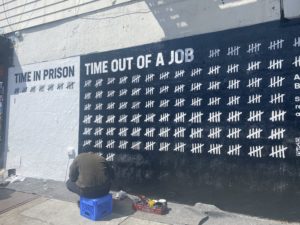
“I started a project at the Legal Aid Society called case closed, that helps people to apply to get the record sealed under the current sealing law. And it just isn’t working. It’s too limited. Very few people know about it, you really need a lawyer to do it. And it takes taking people literally years to get their record sealed for like an old nonviolent conviction. And it’s just kind of waste of everyone’s time,” Goodman said in an interview. “Just automatically allowing the process to happen at the state level so that people can apply for jobs and housing and you know, just move forward is really what we need to do to make it accessible and to really change all of the people’s lives that deserve it.”
While it is a criminal justice bill in nature, Zaki sees it as much more than that.
“This is a human justice bill. This is an economic justice bill. This is actually a safety bill. Restricting individuals from housing does not produce safety,” Zaki said in an interview. “It’s an opportunity to shift legacy for New York. It’s an opportunity to end the the economic promise to upstate New York by building all the prisons and opening all the prisons in upstate New York, and creating an economic boom for Upstate New York, while the city becomes the inhabitants. 80 percent of the prison population is black or Latino 75 percent of that prison population came from seven neighborhoods in New York City. This is an opportunity for New York, for the state, to really clean up and demonstrate what criminal justice looks like.”
After being released over 18 years ago, Zaki still feels the punishment from his sentence. Four years into a job, they found out about his criminal conviction and fired him. He was unable to get a life insurance policy. But his story is just a footnote in the larger tale of how New Yorkers have trouble getting life started again after release.
“This would be a great example to show that it’s not just me, it’s millions of me in the world. I want that to be clear. I’m not just an isolated story, right. But my story is not stories that are typically told. This [referring to the mural] is not going to be on the front of the Daily News or the Post. Right now if I committed another crime, oh, that would be splattered all over the place,” Zaki said.


